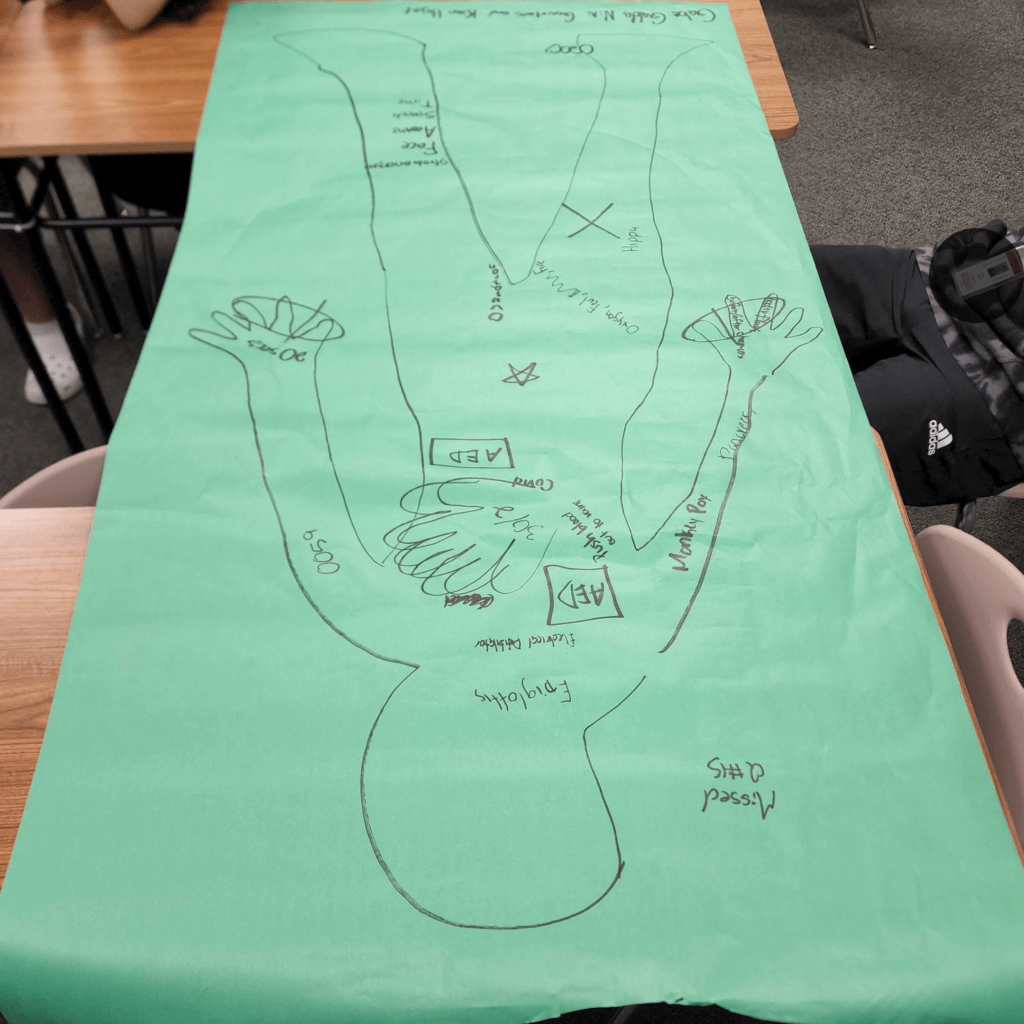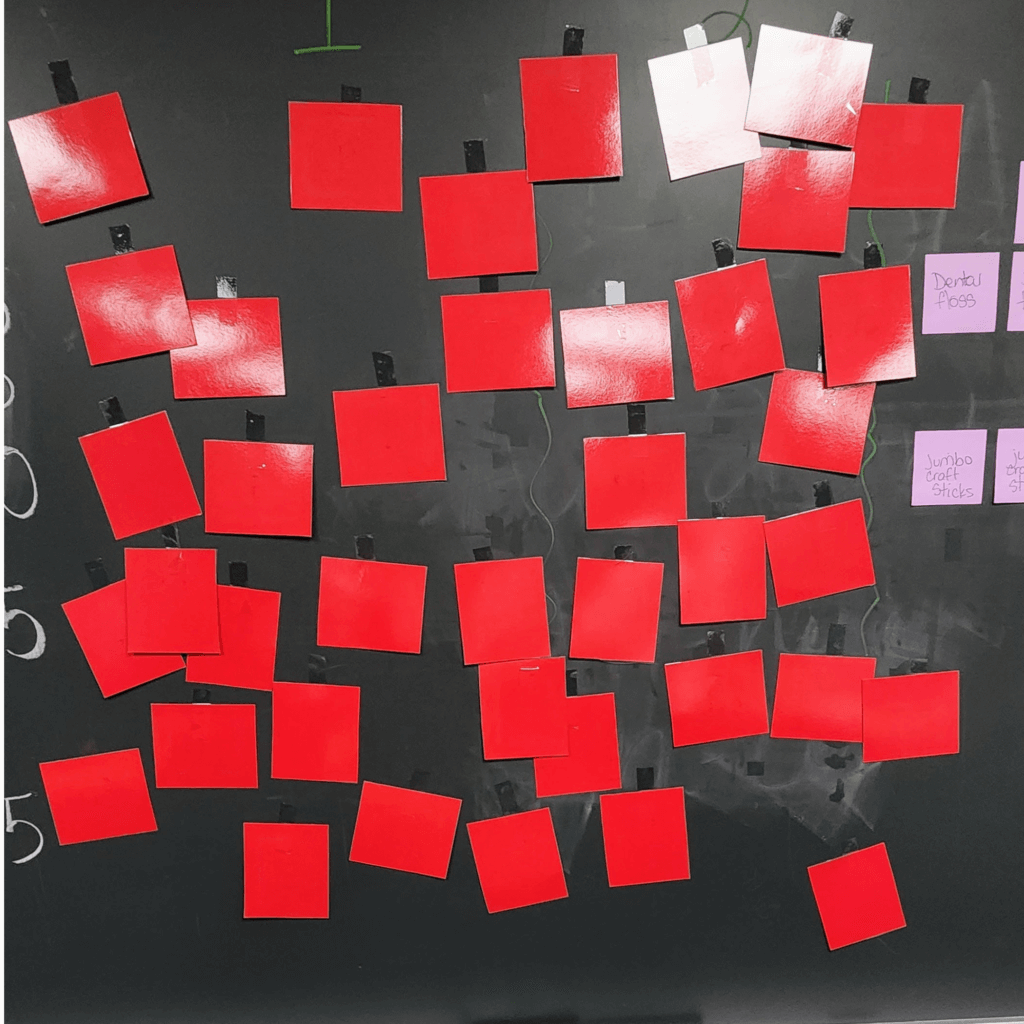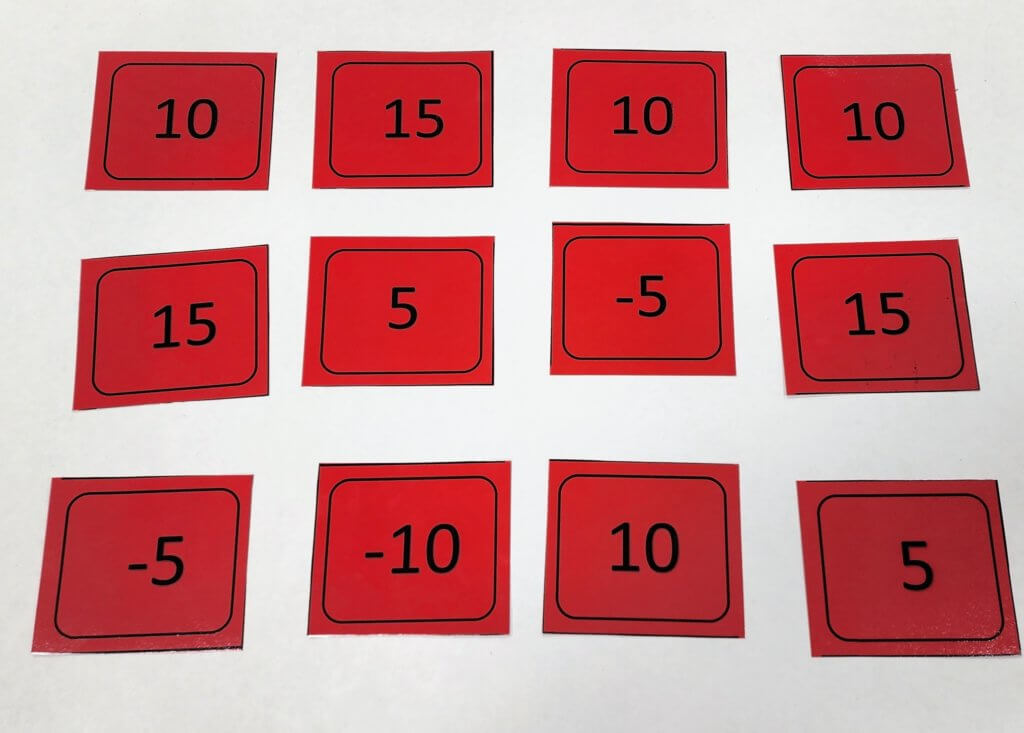Review games are a fantastic tool for summarizing the material and preparing students for an upcoming assessment. But the game has to be exciting and entertaining.
Health science students love to get up and move around. Even more than movement, students like the opportunity to work with each other and discuss topics. A review game can get them moving and working together to review the material presented during a unit. You have read about review games before, but do they work? Can you manage the game and prepare the supplies needed? Will the review work for different units?
Here are my top 2 review games.
#1 Decide and Draw

My favorite way to use this review game is when Health Science Theory reviews material covered during Principles of Health Science the previous year. Let’s get right to the game. But first, I want to remind you that I have 47-minute class periods at my high school. Please adjust your game accordingly.
Directions
- Assemble supplies: 1 piece of bulletin board paper per group, markers, slide presentation with questions and timed, slide presentation without a timer, and answer key.
- Divide the class into groups of 4-6 depending on the number of students. I prefer groups of 4 to ensure that one student doesn’t get left out of the game.
- Have students trace one of their group members. Place a 5-minute timer on the board. I haven’t figured it out yet, but this step can take students forever. Well, maybe it feels forever, but the timer keeps them moving.
- Place the drawing on the desks or tables. Every student should have a marker.
- Using slides, show students one question at a time. The trick is to have the slides on a timer. I have the slides transition every 45 seconds. Each question should have multiple parts; 3 parts work great. Example: Write the acronym for how to recognize a stroke down the lateral aspect of the right.
- After completing the slide presentation, go over the answers with the students. My class can complete 20 slides. Have a copy of the slides without a timer. Read the questions and quickly check the groups’ answers.
The students are up, hunched over the diagram, discussing the review questions and answers. The slides keep moving, so they have to commit to their answer.
#2 Life Is Tough


This is a game of chance. I found this game while searching the internet for review games for high school students. This game is similar to the first game. Students will be working in groups and have to answer questions with multiple steps.
Directions
- Supplies needed: point cards, slide presentation with multi-step questions and blank slide in between questions, scrap paper, writing utensil, and answer key to slide questions.
- Divide students into groups of 4.
- Roles for the group members – A scribe will write the complete questions on paper and document the group’s answer. A runner will bring the paper to the teacher. The roles will rotate. For each question, there will be a new scribe and a new runner.
- Post a slide of a multi-step question or task. Give the scribe time to write the questions (quickly) then change to a blank slide. Do not allow the questions to sit there. Example of a question/task – List and describe the 4 main vital signs and list the normal adult range for each.
- The first 4 groups that answer the question correctly choose a points card from the board. I had 4 groups of 4 to 5 students. I took the first 2 groups with the correct answers.
- What if the group doesn’t answer the questions correctly? I circled what was incorrect or needed more clarification and hand the paper back with out explanation. For example – the questions in step 4 asks not only for the vital sign but a description and range. Groups did not include descriptions or only provided the “normal” vital sign. 98.6F is not a range. The runner would take it back for corrections. If two groups did not answer correctly, the other groups still had a chance.
Want to see the questions I used for the games?
The questions I used for the 2 review games can be found in my TPT store. The files include the slide presentation and the points cards for printing.
If you found the article useful, check out my other posts and YouTube videos for more help in the health science classroom.

